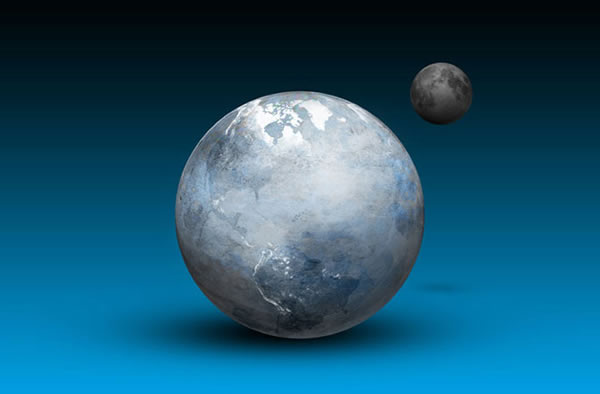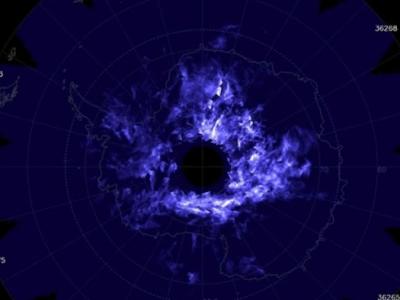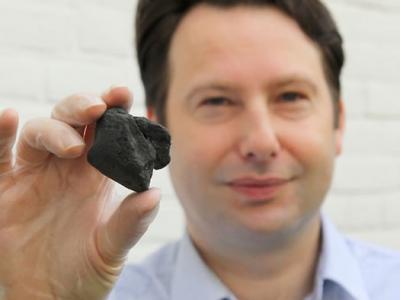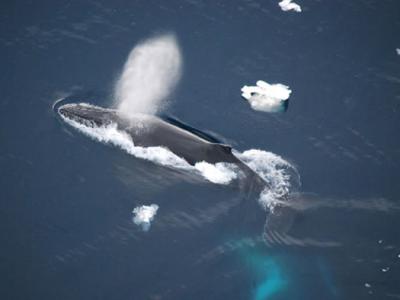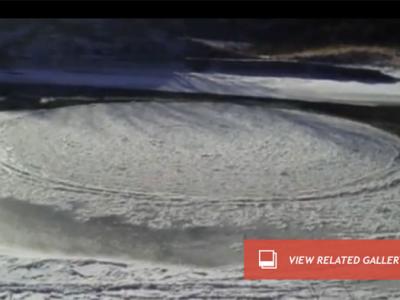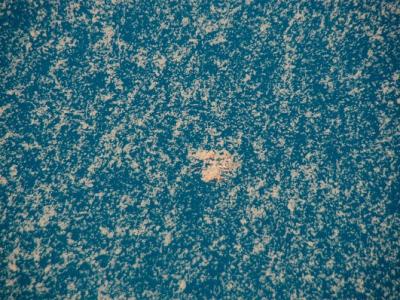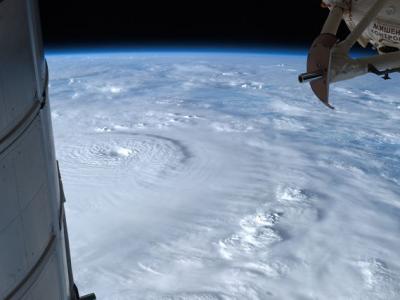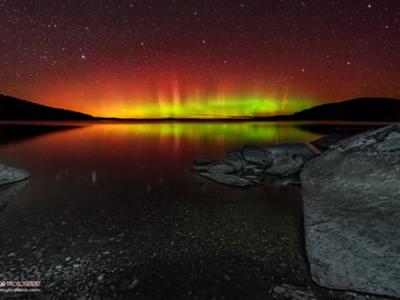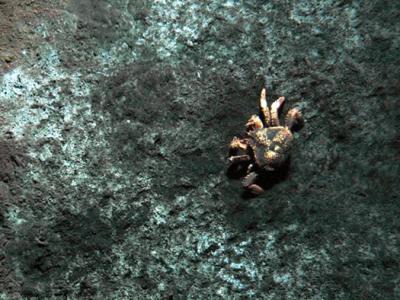Evidence Oceans Flowed on 'Snowball Earth'
Artist's concept of a Snowball Earth.
When ice possibly swathed the entire world, the oceans underneath may have nevertheless surprisingly churned, potentially helping to provide life with vital nutrients, new research suggests.
For decades, scientists have proposed that the planet may once have been a "Snowball Earth," with geological evidence suggesting ice reached all the way to the equator at least twice during the Neoproterozoic era (about 635 million to 750 million years ago) in stints lasting millions of years. The ice sheets blanketing Earth were not completely solid — there were likely many holes or thin patches around warm spots such as volcanoes — but in many other places, ice may have been more than a half-mile thick.
During these Snowball Earth periods, it is also thought that ancient life may have begun its drive toward explosive diversity. However, until now, little was done to model how water and nutrients might have flowed in the ice-capped oceans in which this primordial life dwelled.
Past research did suggest that oceans might have flowed sluggishly due to ice shielding the waters from wind, and such relatively stagnant water would not have been as conducive to driving the developing diversity of primordial life in the oceans. But such studies failed to account for geothermal heat from the planet that could potentially drive ocean mixing, researchers said.
Snowball Earth oceans
To simulate oceans during Snowball Earth times, a group of scientists developed a high-resolution 3D model of the oceans and continents during the Neoproterozoic. The simulation accounted for weak geothermal heat and about 3,300 feet (1 kilometer) of ice covering the land and oceans. The findings are detailed in the March 7 issue of the journal Nature.
Surprisingly, the researchers found the oceans were not stagnant pools during a Snowball Earth — rather, they were quite dynamic. (50 Amazing Facts About Earth)
"It's counterintuitive," said team member Daniel Schrag, a geologist at Harvard University. "Our assumption, and I think everyone else's, was that when you had ice keeping winds from mixing the oceans, you would end up with relatively stagnant oceans."
Geothermal heat would cause water at the ocean bottom to rise, triggering the kind of convection seen in pots of boiling water. In fact, water temperature and saltiness would have effectively been uniform across all depths nearly everywhere, a pattern completely different from that expected during any other period in Earth's history, researchers said.
"The ocean today is much more stratified — you have warm, buoyant water on top and cold, dense water on the bottom, and it resists mixing, although it does mix because of tides and winds," Schrag said. "In the snowball ocean, everything almost has the same density, so it takes much less energy to mix the oceans, and it turns out to mix very well."
Mar 7, 2013 08:30 AM ET by Charles Q. Choi, OurAmazingPlanet
